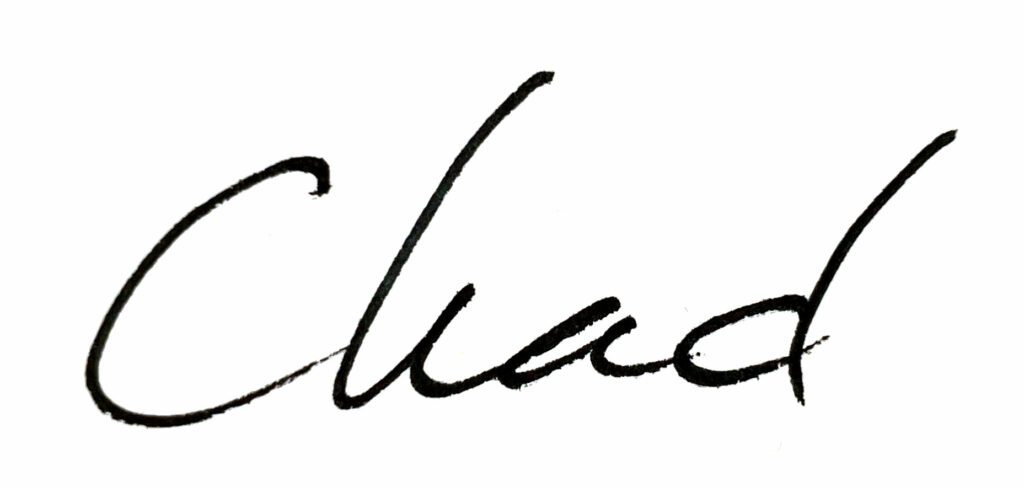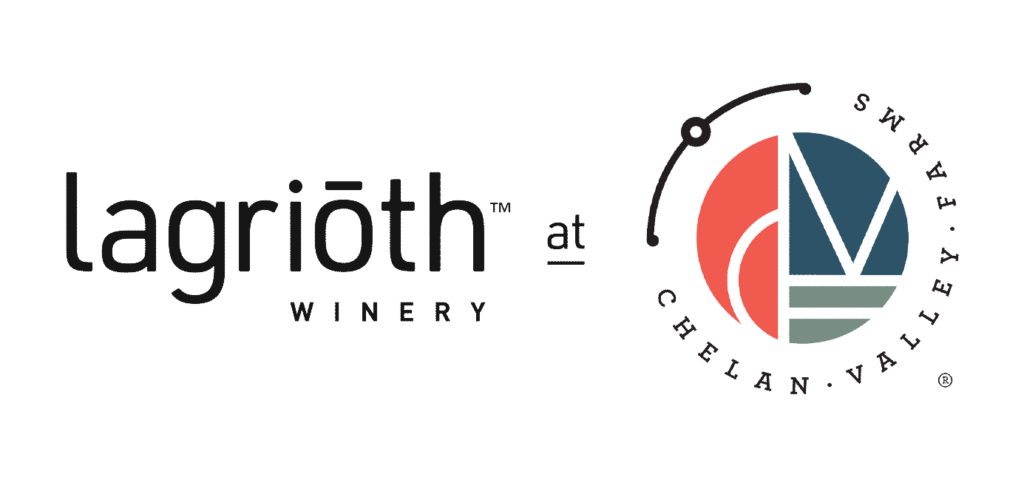American Viticultural Area (AVA) may not be something thrown around at the dinner table… but wine and food are often consumed together. Having friends over for dinner, we tasted wines that dramatically emphasized where they were grown, a powerful AVA example!
by Chad Steiner
This past week we had friends over for dinner to enjoy a very special meal. We also had the opportunity to share and taste some 2024 barrel samples. Picture Cabernet from multiple vineyard sites made using the same wine making process and same barrel profile. How does AVA play into this? I’ve talked about American Viticultural Area (AVA) in two prior blog posts (1. Does AVA Matter?, 2. AVA, So What!) How do I bring something new to the table? I keep emphasizing how vineyard “site” matters. I keep wondering if I’ve done a good job articulating this? Maybe we’ll just have to have everyone over for dinner… we’re working on that! Or, I can describe what we experienced at dinner with friends this past week.
We love hosting and spending time with friends. Mid-week dinners are sometimes the best way for us to squeeze something onto the calendar. The meal choice was a traditional Swiss/French meal we were introduced to by some great friends while living in North Carolina in 2006. It’s centered around Raclette cheese. I won’t bore you with the details as we need to get to the part about wine. But, one important detail here is – legend has it, that if you don’t drink wine with this meal, the cheese can expand in your belly and kill you (kiddos are ok because their stomach is still growing). It’s suspected that the local wine maker created this legend. We typically have bright fresh white wines with this meal – and this week was no exception. But afterward we tasted through the line up of the 2024 Cabernet Sauvignon straight from the barrel. This wine will be in barrel another ~18 months, so it’s a total tease. The AVA affect was so pronounced with these wines (our winemaker Jeana emphasizes letting the vineyard shine through). Here was the line up, and remember, they were all made using the same methods.
- 2024 Cabernet Sauvignon, Heart of the Hill Vineyard, Kiona (Sustainable WA Certified ™)
- 2024 Cabernet Sauvignon, V75 Vineyard
- Columbia Valley AVA (potential to be in a new AVA)
- 2024 Cabernet Sauvignon, Riverbend Vineyard, Fielding Hills
- Wahluke Slope AVA
- Bonus, 2024 Malbec, Sunset Bench Vineyard, Kiona (Sustainable WA Certified ™)
- Bonus from the bottle – 2021 Cabernet Sauvignon, Col Solare Winery
For this AVA example, let’s forget about the part of “tasting” where we’re putting the wine into our mouth and focus on SMELL! Is there anything else on the planet that we regularly eat or drink where we can smell something unique to the place it was grown? There are many examples of great produce unique to an area. In Washington that’s our apples or our Walla Walla Onions. The effect of smell however is pretty unique to wine and the fact that we’re sticking our nose in the glass. THIS is where the AVA effect can really show up. Keep in mind an AVA is Federally Regulated. A massive application process to the Government ensures the AVA is in fact uniquely defined by its borders, soils and climate. So, what did we discover in our mid-week, cheese meal tasting adventure? If you consider the lineup of wines – there were three of them produced using grapes from the Red Mountain AVA. The smell of all the wines was, well so incredibly sensory pleasing. But the “theme” of the similarities between the three Red Mountain wines was impressive. I’m not going to go into “what” they smelled like, rather emphasize that they were noticeably similar. Our friends kept referring to how they could smell similarities in the Red Mountain AVA wines. So here in lies one of the fun parts of wine… it has the ability to reflect where it was grown. AVA is a real thing you should consider.
Pro-Tips from Chad to discover AVA wines.
- Grab a few friends and a few bottles from the same AVA, plus one from a different AVA as a “control” (don’t feel pressure to finish them, the fun is in the “tasting”). Visit HERE to see Washington’s AVA’s.
- Look for the AVA designation on the label. It’s required by law. A wine shop is likely the best place to find help setting this up. Like Leschi Market.
- Then, see if you can tell if the wines were made using the same or generally “similar” wine making practices. This might be harder for something like Chardonnay, then say for Sauvignon Blanc or Cabernet. Chardonnay is its own separate adventure, unless you can find a few bottles made the same way from the same AVA.
- Grab at least 3 wines from the same AVA, with “similar” wine making, AND grab one “control”. This would be a wine from a different region. If you were in Italy, think Northern Italy/Südtirol, vs. the Piedmont area. If you’re in Washington, think Lake Chelan AVA vs. the Wahluke Slope (for Chardonnay for example).
- Bring them home and get ready to have fun with friends. Open all the wines, use a glass for each if you can (doing side by side comparisons is fun), then use a “basic” tasting rubric. 1. Look at the wine, 2. Smell the wine, 3. Taste the wine. 4. How does it finish?
- Look for themes in the tasting rubrics. It’ll be fun if you can smell how similar they are like in the Red Mountain example. We’ve also experienced this with the Rutherford or Atlas Peak AVA’s in Napa. For whites, the AVA theme/similarity may be in the wines acidity which comes through on the mouthfeel.
- We definitely feel like we notice a theme in Lake Chelan AVA grown wines. Especially in the white wines. The Lake Chelan AVA grown Chardonnay has almost a signature acidity – which would be noticed when you put it in your mouth. We’re cooler in the fall in Lake Chelan – we hang on to our acidity.
- Have fun with this. Don’t over think it. Go for the “macro”. If you notice something, great. If not, well then maybe the contrast of tasting these wines side by side will be fun by itself.
- Visit HERE to see Washington’s AVA’s.
I hope this was helpful. Tasting can be so much fun. And a POWERFUL way to explore AVA. If you need or want help setting up your own comparison, give us a shout – we’d be happy to recommend other wineries, from the Lake Chelan AVA or elsewhere. Oh, and one final tip, there’s likely to be wine left over – let everyone take home their favorite.
Hey Mary, we’ve got some fun Südtirol wine for you to try – it finally arrived.
Cheers, stay thirsty for wine adventures my friends
Cheers,




